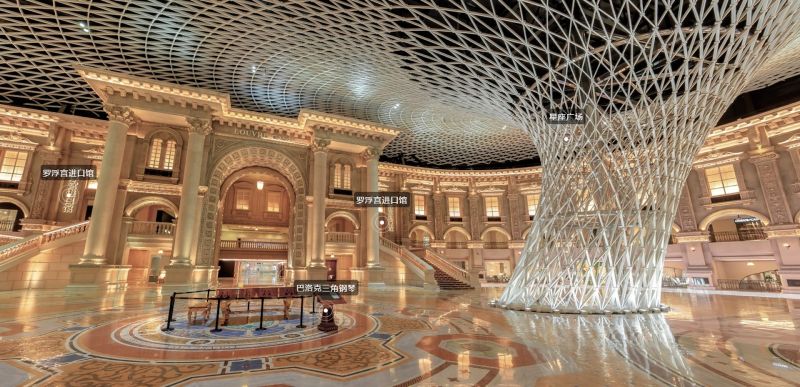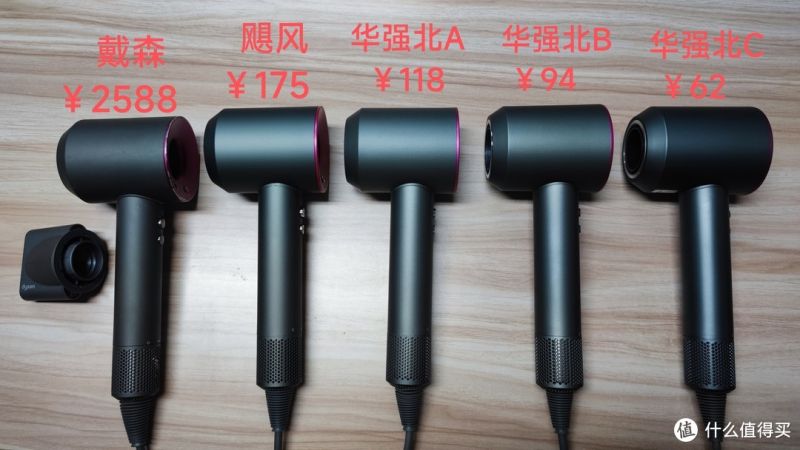Xiaoxue Gao
Shanzhai
The term “shanzhai” can refer to two distinct modes of productive practice. First, it can describe the production of an object whose material and physical constitution replicates that of the authentic model, but whose function and symbolism deviate from those embedded in the context of the original version. Second, it can refer to a mode of production that aims to deliver a function or symbolism that is highly similar to that of the original, despite the object displaying differences in its materials or design.
The "Louvre" in Foshan, Guangdong, also known as the Louvre International Furniture Exhibition Center, is an example of the first category. It materializes the "internationalization" imaginary shared by city managers and developers. However, it is unlikely that many would associate it with the Musée du Louvre in Paris. Conversely, the furniture presented inside the Foshan "Louvre" and the 3C digital products sold in Shenzhen's Huaqiangbei electronics market most likely fall into the second category. For a long time in China, countless users aspired to procure the functionality and prestige associated with Italian luxury furniture or electronics like the iPhone, but at more affordable prices. Amid the current economic downturn, many Chinese urban middle-class consumers are turning to these "high-end alternatives" to maintain their quality of life.
However, both the technical logic of the original objects and the symbolic meanings embedded in their original contexts mean little to the producers of shanzhai. It has a more concrete meaning for and tangible effect on their lives. For instance, painters in Dafen Village in Shenzhen produce decorative paintings, replicas of originals that were created by Vincent van Gogh, Paul Cézanne, or Andy Warhol. For these producers, these are merely another type of commodity that will be sold to domestic and Western consumers and hung in the homes of strangers in distant places. Shanzhai products have provided livelihoods for millions of migrant workers in the Pearl River Delta. These items have also brought hope or disappointment to the individuals and families who buy them.
In the meantime, the "10,000-hour rule" has shaped the bodies of those who work on shanzhai projects. Machine-accurate perceptions, rapid movements, and sequential actions have been ingrained in their muscle memory. Managers can further subdivide every set of physical movements into smaller categories based on the needs of the production line, becoming a metric for efficiency and a basis for wage calculations. For example, in Foxconn factories, the average worker is required to roll out 10,000 aluminum iPad casings in one hour, while another worker must, on average, remove burrs from 3,000 iPad casings during each twelve-hour shift. However, as industries modernize and cities renew themselves in the Pearl River Delta region, the production lines on which these workers once labored are being constantly upgraded and the urban villages in which they once lived are being demolished or renovated. The shanzhai products have thus become one of the few traces of their lives in this world. In answer to the paradox, even if every plank on the ship of Theseus has been replaced, for the shipwright, it remains the same ship.

The "Louvre" in Foshan (Guangdong) is also known as the Louvre International Furniture Exhibition Center. It is a large-scale comprehensive home furnishing center with a total area of 380,000 square meters, integrating creative design, furniture research, and development, shopping malls, hotel operation, commerce, and tourism.
Source: Internet

Electronic products manufactured in Huaqiangbei, Shenzhen.
Source: Internet